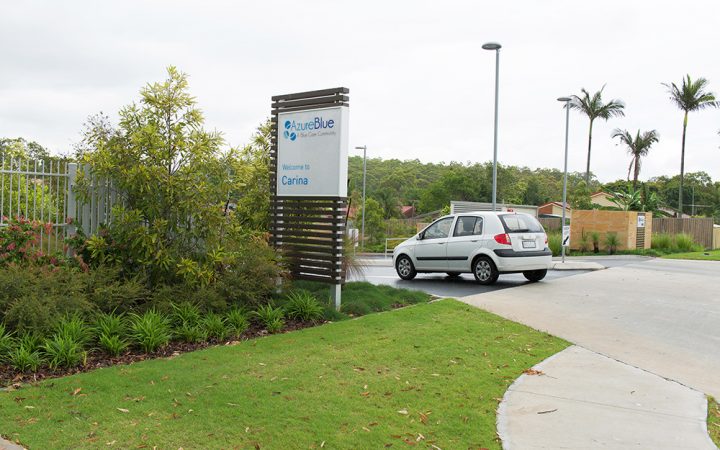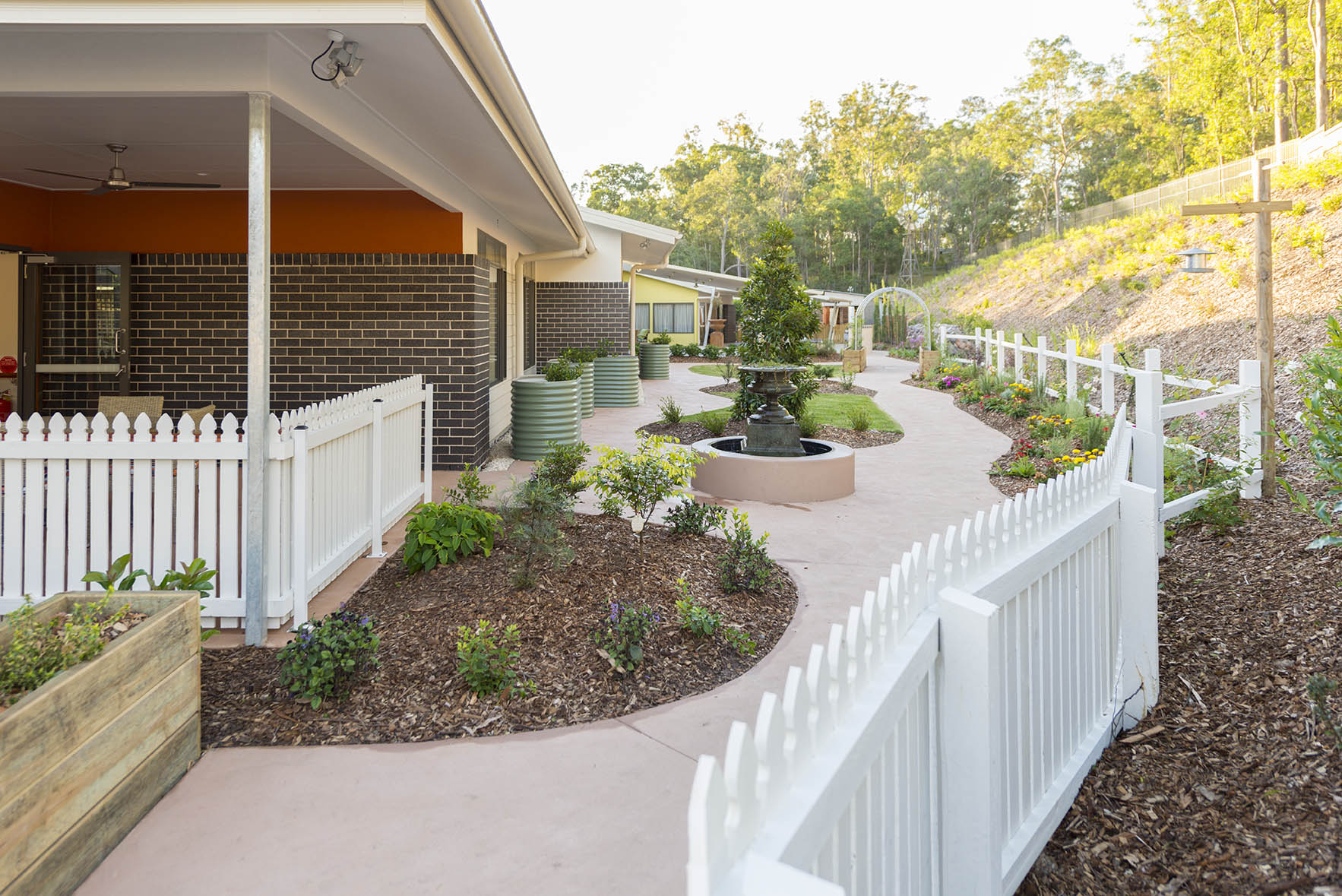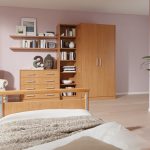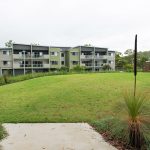What does care for the elderly look like at the other end of the world? We dared to look outside the box and asked our Australian sales partner Active Medical about specific characteristics and
current developments in nursing care. This is part 1 of the interview:
Just like other industrialized nations, Australia is also facing the challenges of a rapidly aging society. Can you explain to us how the health care system, and especially nursing care down under, have changed in recent years?
The aging of society is a serious and well-known fact in many respects, whether in economic, social or political terms. There are 3.6 million people who are over the age of 65 and this figure is expected to double again in the years ahead. Adapting to this transition is definitely one of the changes that will also affect our culture. In nursing care, there is a stronger focus on the more
clinical aspects of nursing such as fall prevention, nutrition, preventive care and treatment of pressure ulcers as well as protection against infections. Furthermore, the government also subsidizes home care measures, i.e. nursing care at home, to cope with the flood of applications from care-dependent Australians for a place in a retirement home, of which, too few are available. This also aims to relieve the burden on the industry, while also helping to transform the health care system. Nursing homes have to be able to transparently break down the costs which they invoice their
residents for. This resolution came into effect on July 1, 2016.
According to our surveys, many nursing homes pursue the senior citizen village concept. Please could you briefly describe the concept and explain the difference to a regular nursing home?
As you know, the mental and physical fitness of people over 70 can vary greatly. senior citizen villages are essentially communities for elderly people who are able to manage most everyday
tasks – such as driving a car, running errands, or paying bills – but need help in a few areas of everyday life.

Blue Care Azure in Carina, Queensland is a great example of such a senior citizen village.
Please describe the exact living situation of a nursing home resident. How does a typical Australian resident live? In particular in terms of the living standards, such as how many residents are accommodated in one room or whether there is a concept for dementia patients.
Good question. It primarily depends on the group or the company operating the care facility, but it also depends on the socio-economic structure of the area where the institution is located. The
standard of living varies, but overall Australia is in very good shape. The better institutions refrain from sedation and give priority to ensuring the comfort of the residents. When it comes to dementia patients, there has been great progress in terms of the living standard. Nursing care managers are starting to realize that keeping residents busy is better than sedation. When it comes to occupancy figures, there is generally one resident per room. However, a few rooms are also shared by more than one resident.
Why should care-dependent people live in Australia instead of any other country? Is it due to the kangaroos that they might see hopping around the garden, or because of Crocodile Dundee in the outback?
People should choose Australia because we are transforming into a society that has really understood the importance of care of the elderly. Furthermore, we have a lot of strict regulations. All care facilities in Australia have to undergo a number of audits every year in order to maintain their accreditation.
About Active Medical:
Active Medical has been supplying the market for care for the elderly since 1991. Not only are
they passionate about care, but also about creating the best solution for the residents. Every
institution and every resident is treated in a way as if they were unique. In the partnership,
wissner-bosserhoff it was beneficial from the outset that both companies have a similar passion
for nursing care.
The interview is a compilation of the experience and expertise of the Active Medical Nursing Care
team. The information was collected by Sam Dwyer, Marketing Manager. The Nursing Care team
also includes Gavin Hungerford, Joanne Kearley, Amanda Muller and Michael Thrush.



Pingback: Care for the elderly down-under (part 2) - care-trends.com